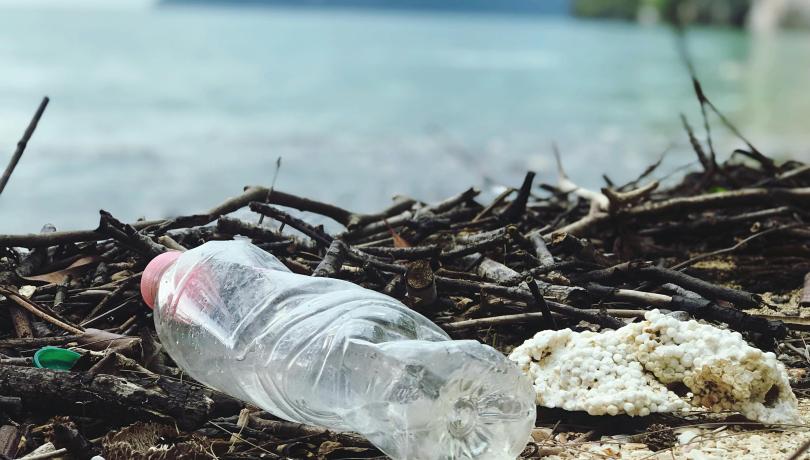This is the main conclusion of a recent study published in Communications Earth & Environment, which has identified clear seasonal patterns of plastic pollution in the North Atlantic for the first time.

A new study published in the prestigious journal Communications Earth & Environment has identified river discharges and aquaculture activities as the main sources of macroplastic pollution along the Northeast Atlantic coasts. According to the study, this type of pollution varies seasonally, with winter and spring being the most critical periods. These findings highlight the key role of rivers and aquaculture as major sources of this pollution, emphasising the urgency of addressing these issues.
The study, led by the Institut de Ciències del Mar (ICM-CSIC) and the Universidad Católica del Norte (UCN) in Chile as part of the European project MINKE, used innovative artificial intelligence techniques to analyse two decades of data from the OSPAR beach monitoring program. The conclusions identify critical pollution hotspots, such as the western Iberian Peninsula, the French coast, the Irish Sea, and the Skagerrak region, where seasonal rivers and aquaculture activities play a decisive role.
The Impact of Rivers and Aquaculture
Small rivers flowing into the Northeast Atlantic, especially during periods of heavy rainfall, release large amounts of macroplastics into the ocean. Meanwhile, aquaculture—accounting for nearly 30% of the region’s fisheries production—emerges as a significant source of plastic pollution, exacerbated by storms that damage equipment and release waste into the sea.
“It is concerning how seasonal fluctuations in river flows and adverse conditions at aquaculture farms are contributing to the macroplastic crisis. This study not only identifies critical hotspots but also underscores the need for urgent and effective management,” explains Niclas Rieger (ICM-CSIC), the study’s lead researcher.
Technology and Innovation for Global Solutions
Using the spatial log-Gaussian Cox Process machine learning model, the research team was able to analyse complex patterns and detect spatial and temporal trends from limited data. This advancement reinforces the usefulness of advanced statistical tools and highlights the importance of citizen science in collecting essential data and generating solutions.
“This study opens the door to more precise and efficient management, demonstrating that it is possible to identify trends and make informed decisions even with limited data. Citizen participation will be key in tackling the macroplastic challenge,” says Vanessa-Sarah Salvo (ICM-CSIC), a researcher in the MINKE project.
Overall, this study marks a milestone in the understanding of marine pollution and reinforces the need for joint strategies to address macroplastic sources. “Sustainable aquaculture and river discharge control are now essential elements in the fight to protect Northeast Atlantic ecosystems and ensure a clean future for the ocean,” concludes the research team.